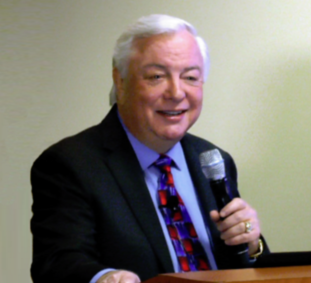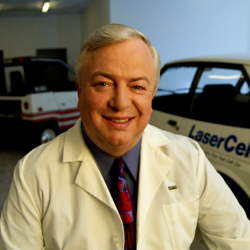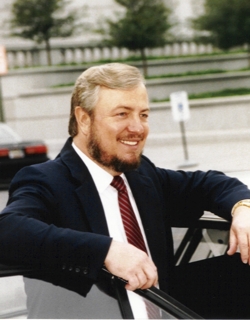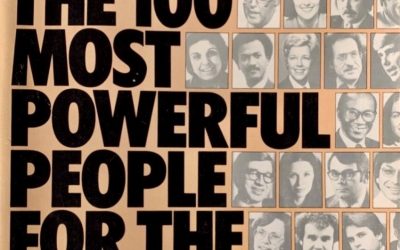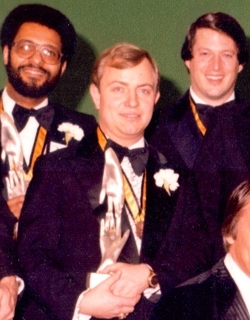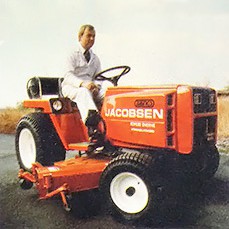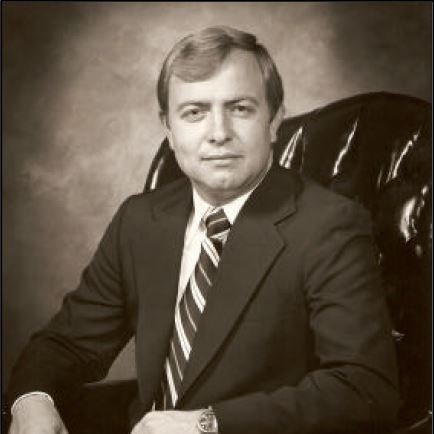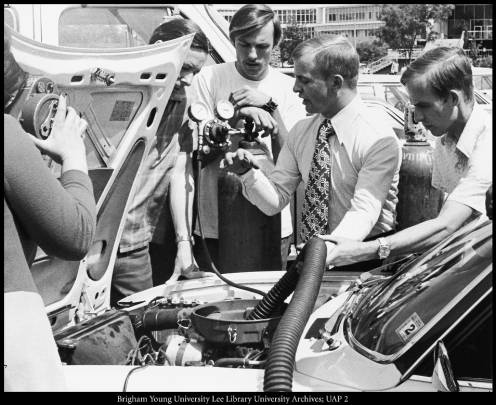Register of Hydrogen Technology Experts The Scientific and Technical Information (STI) Program of the National Aeronautics and Space Administration (NASA) published a report prepared by the National Bureau of Standards titled Register of Hydrogen Technology Experts,...
Hydrogen Energy
Spotlight on: Dr. Roger Billings, Science and Technology Luminary
COMPUTER TECHNOLOGY REVIEW Posted on April 20th, 2015 by Kim Kay by CTR Editors Dr. Roger Billings is a science and technology luminary known for his high-tech innovations in the fields of energy, computers, cyber security and education. He had a serious impact...
2016 – 50th Anniversary of the Hydrogen Car
Now, on the 50th anniversary of the first hydrogen car, Billings is witnessing the fulfillment of his boyhood dream, as his fuel cell prototype is being followed into the marketplace by hydrogen fuel cell cars manufactured and sold by a number of automobile companies...
Dr. Billings’ Education Presentation with Hydrogen Tribute
As a presenter at the 2015 iNACOL Blended and Online Learning Symposium in Orlando, Dr. Roger Billings spoke about how the Acellus Learning System is being used at school districts across the country. Topics included techniques used to provide personalized learning...
Roger Billings – Hydrogen is in His Dreams (Time Magazine)
Published by TIME Magazine - Monday, Jul. 14, 2003 By Donald L. Barlett and James B. Steele To most people, hydrogen power might sound like something out of Star Trek, but not to Roger Billings. Known to many who follow his exploits as Dr. Hydrogen, Billings is an...
Paul Harvey News
“What of today’s news is of most lasting significance? Maybe this: (First a little paragraph of background.) We can run automobiles with nothing but water in the gas tank, you know. We can run cars on hydrogen made from sea water; limitless supply; burns clean. Dr. Roger Billings demonstrated the feasibility of a hydrogen-powered automobile twenty-five years ago, but it was too costly.
NEXT Magazine
Hydrogen Entrepreneur Billings, 33, founded Billings Energy Corporation in Independence, Missouri, with annual sales of $20 million. Holds seven patents. His firm built first hydrogen-powered car and bus, and first hydrogen-heated home. Now developing kitchen range that will burn the fuel. All with view to using hydrogen produced at low cost from coal.
The Ten Outstanding Young Men of 1980
For many people, the line between science and religion is as distinct as the difference between night and day. Not so for TOYM honoree Roger Billings! "Many of my most interesting mental experiments have come as results of things I have read and pondered in the...
Hydrogen Power: Another Solution to the Energy Crunch
Recently, MOTHER EARTH NEWS sent a staffer and a photographer out to Provo, Utah to talk to Roger Billings, head of the Billings Energy Corporation. Between manufacturing computer systems and doing hydrogen research, Mr. Billings is quite a busy gentleman. Nevertheless, he took the time to discuss the various aspects of hydrogen power with us, including its production and use as a fuel. The points he brought up were interesting enough, but the equipment he demonstrated was even more impressive: it provided us with proof that hydrogen power isn’t just yesterday’s dream, but today’s reality!
Roger E. Billings; The Father of Hydrogen Technology (Enterprise)
Working for nearly three years in a makeshift basement laboratory, Billings finally emerged with a hydrogen powered lawn mower engine that ran. He nearly backfired himself out of existence — or at least out of his neighbors’ good graces, but he was, nevertheless, encouraged. Near the end of his senior year at Provo High, he brought forth what is believed to be the nation’s first hydrogen powered automobile, a Model A Ford. Today, at the ripe age of 28, Roger E. Billings could be named the Father of Hydrogen Technology.
Roger Billings Photo in BYU Digital Collections
The BYU Harold B. Lee Library Digital Collections features a May 18, 1972 photograph of Roger Billings and his team working on a hydrogen car. The library provides a high resolution zooming capability to get an up close look at this moment.
1972 – UVDC 1st Place Winner
This Volkswagen, converted to hydrogen by a Brigham Young University team headed by Roger Billings, won first place for emissions in the "Urban Vehicle Design Competition" at the General Motors Proving Grounds in Ann Arbor, MI. The Contest marked a milestone in...
1965 / 1966 – The First Hydrogen Car
The conversion of this Model A Ford to run on hydrogen – Roger Billings’ high school science fair project – was a pivotal event to finally launch the sustained interest in and development of hydrogen for private automotive use. Although the Model A was a successful...



